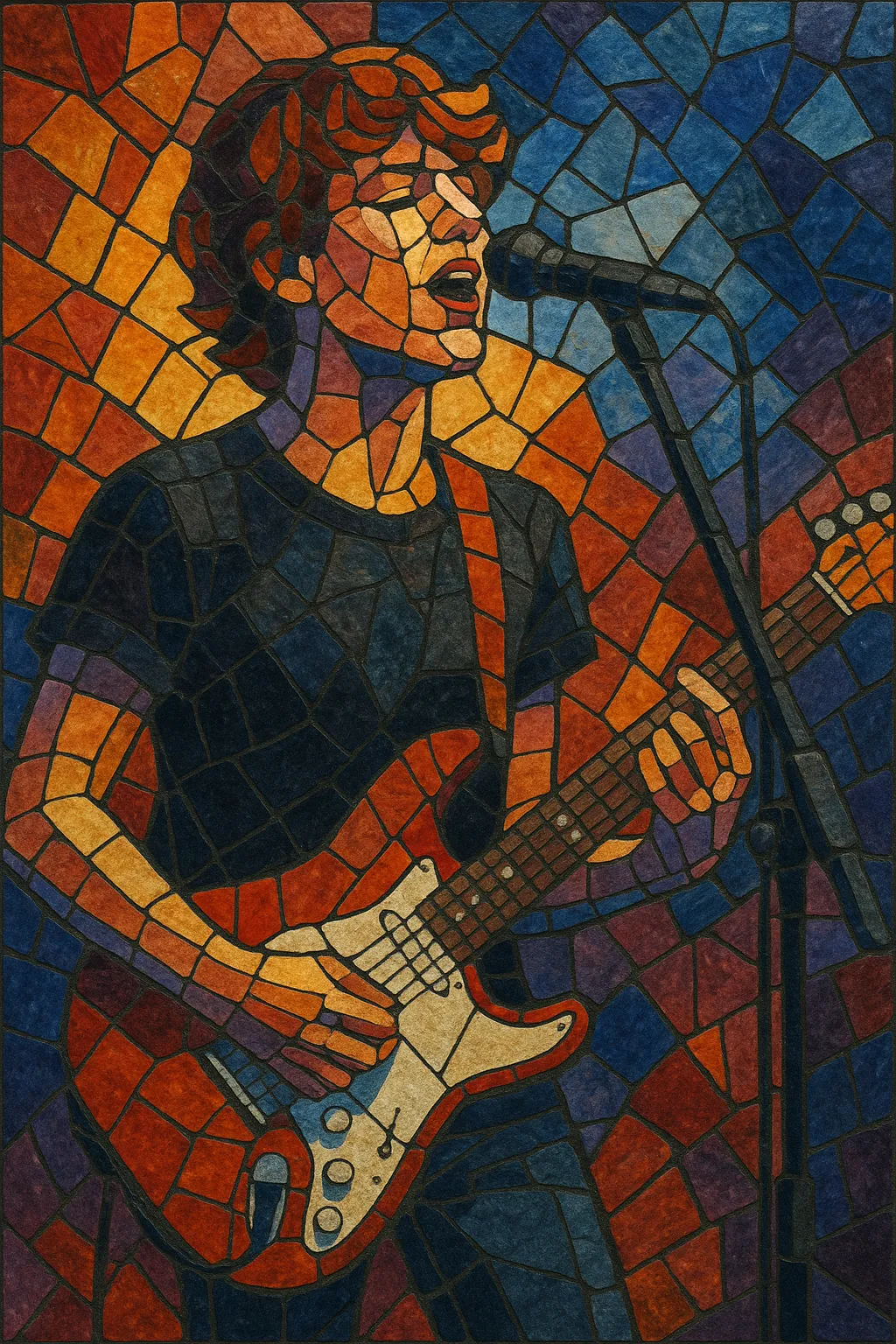Pop rock blends the hook-focused immediacy of pop with the instrumentation and drive of rock. It prioritizes catchy melodies, concise song structures, and polished production while retaining guitars, bass, and drums as core elements.
Typical pop rock tracks use verse–pre-chorus–chorus forms, strong vocal harmonies, and memorable riffs. The sound ranges from jangly and bright to mildly overdriven and arena-ready, aiming for radio-friendly appeal without abandoning rock’s rhythmic punch.
Pop rock emerged as rock and roll’s melodic, radio-ready branch, drawing on pop songwriting craft (including Brill Building traditions) and the rhythmic verve of R&B. British beat groups—especially the Beatles and other Merseybeat bands—showed how crisp hooks, vocal harmonies, and guitar-forward arrangements could reach mass audiences, while American acts contributed surf-inflected sonics and polished studio approaches.
Through the 1970s, pop rock broadened stylistically. Singer-songwriters and bands like Elton John, Fleetwood Mac, and Tom Petty balanced rock instrumentation with memorable choruses and refined production. The decade also set the stage for softer, smoother variants (soft rock) and the stadium-ready sheen of AOR, both closely entwined with pop rock sensibilities.
MTV-era production, synths, and gated drums brought a bright, punchy sheen. Acts such as The Police and The Cars fused new wave textures with pop rock songcraft, while artists like Bryan Adams and Billy Joel delivered anthemic, hook-driven hits that crossed rock and pop radio formats worldwide.
Alternative and Britpop movements absorbed pop rock’s melodic focus, and global acts (e.g., Coldplay) re-centered introspective lyricism and chiming guitars. In North America, adult contemporary and mainstream rock playlists overlapped, keeping pop rock prominent alongside pop-punk and post-grunge.
In the streaming age, pop rock persists through hybrid productions that blend acoustic/electric guitars with modern pop toplines and rhythmic programming. While the genre often shares space with indie pop and contemporary pop, its identity—memorable hooks framed by rock instrumentation—remains a core blueprint for mass-appeal songwriting.


